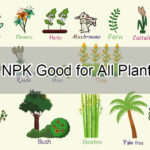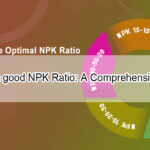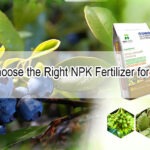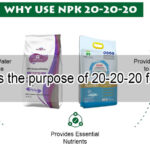Let more growers get greater benefits
How to Choose the Right NPK Fertilizer for Your Plants
- Industry News
- November 12, 2023
- 3:15 pm
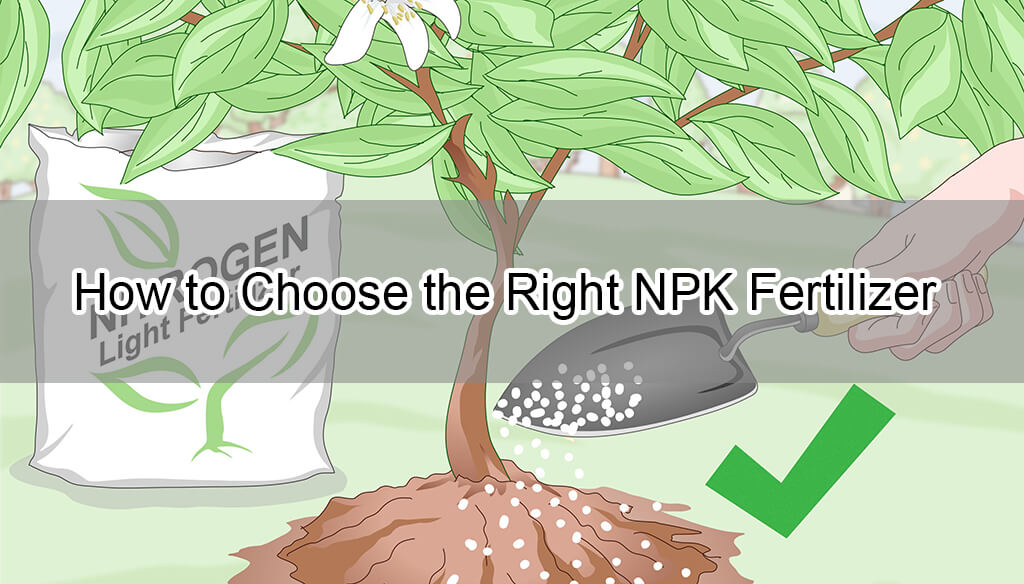
Selecting the right NPK fertilizer can significantly impact your garden’s health and productivity. With so many options available, it’s essential to understand what NPK means and how to choose the best fertilizer for your specific needs. Here’s a guide to help you make an informed decision.
List of Contents
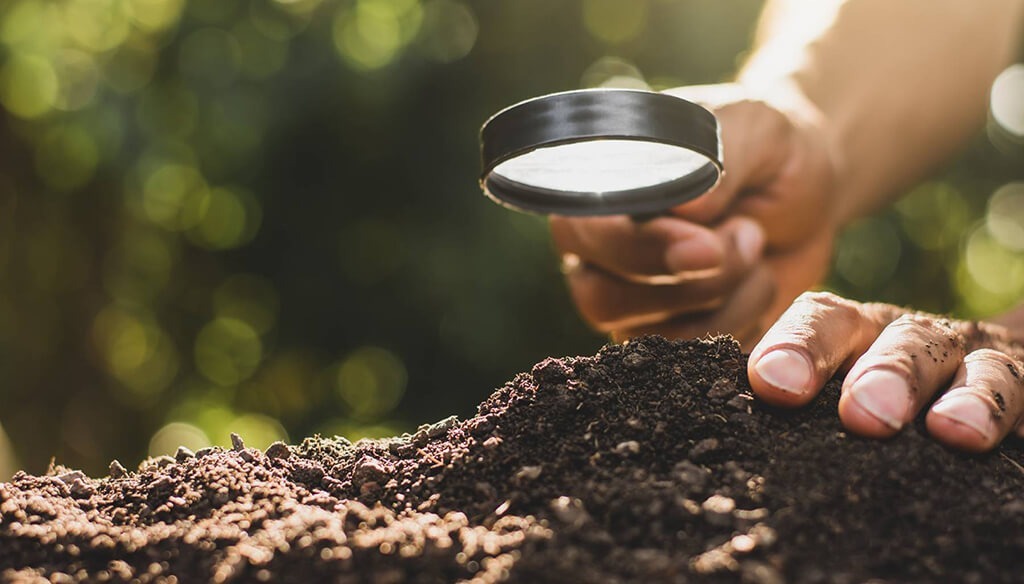
1. Understand Your Soil
Before selecting an NPK fertilizers, start with a soil test. This analysis reveals nutrient levels and pH, helping you identify any deficiencies. Many local agricultural extensions offer testing services, (or send us soil samples for testing)). Knowing what nutrients your soil lacks will guide you in choosing the right NPK formulation.
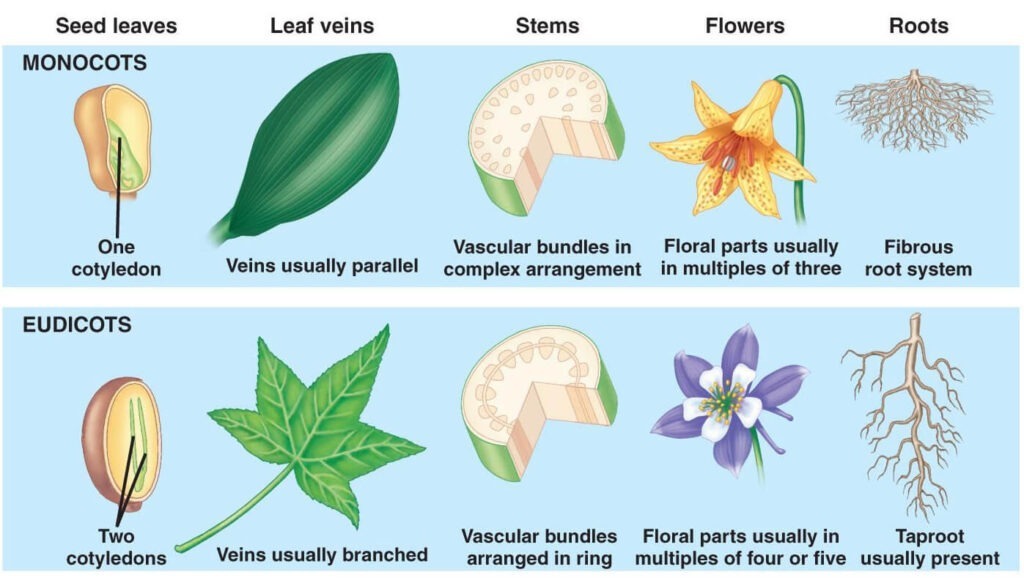
2. Identify Plant Needs
Different plants have varying nutritional requirements. Leafy greens like lettuce benefit from high nitrogen (N) fertilizers, while flowering plants like tomatoes thrive on balanced or phosphorus-rich (P) fertilizers. Research the specific nutrient needs of the plants you intend to grow, and use that information to guide your choice.
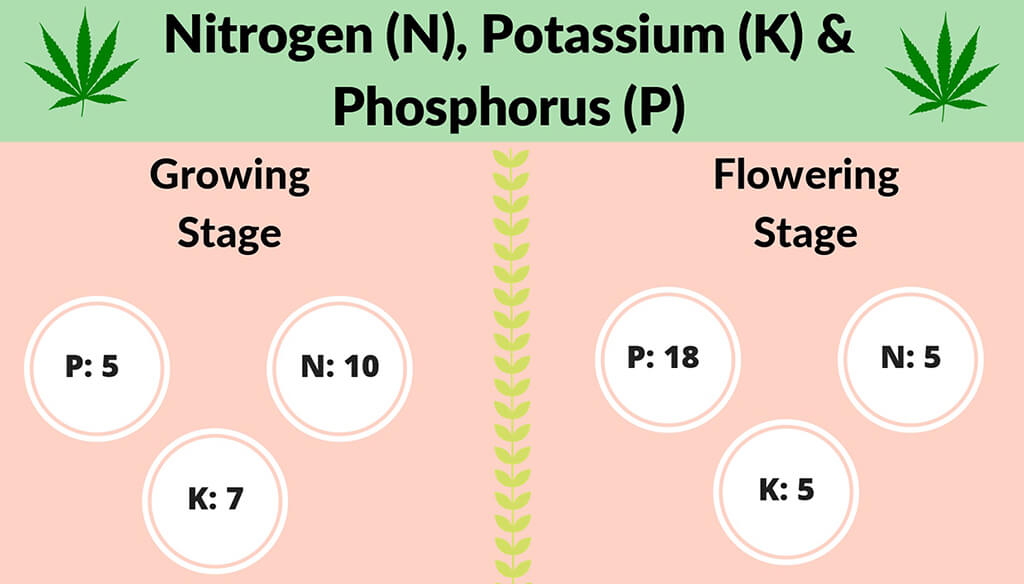
3. Learn About NPK Ratios
The NPK ratio on fertilizer packaging indicates the relative amounts of nitrogen, phosphorus, and potassium. For example, a fertilizer labeled 12-24-12 contains 12% nitrogen, 24% phosphorus, and 12% potassium.
Nitrogen (N): Ideal for leafy greens (e.g., 20-10-10). Crucial for leaf and stem growth, nitrogen promotes lush, green foliage.
Phosphorus (P): Best for flowering plants (e.g., 10-52-10). Important for root development and flowering, phosphorus supports strong plant structures and enhances fruit production.
Potassium (K): Beneficial for root crops and overall health (e.g., 15-5-32). Aids in overall plant health, potassium helps with water regulation and disease resistance.
Choose a ratio that aligns with your plants’ growth stage and nutrient needs.
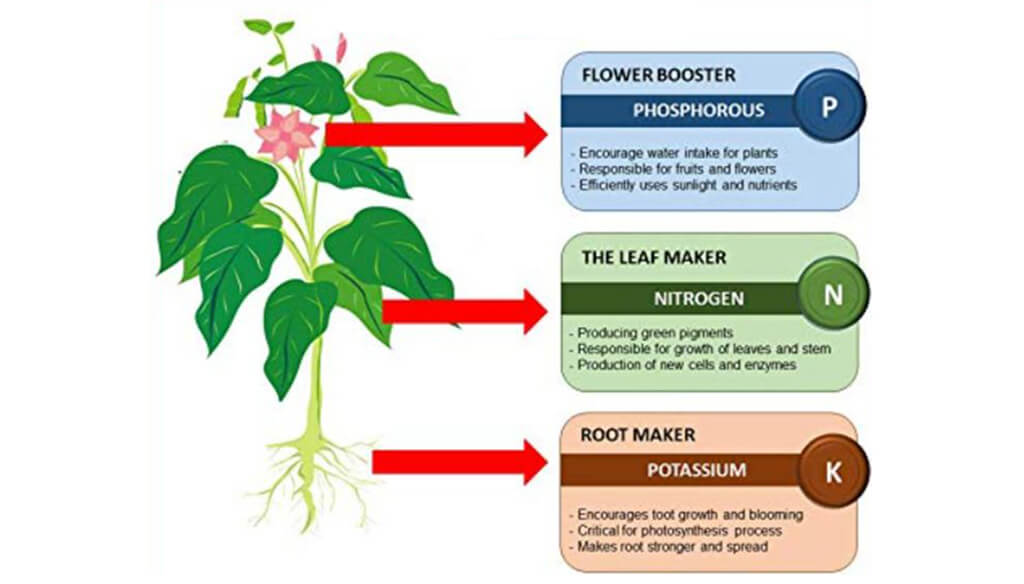
4: Decide on Application Type
Consider how you’ll apply the fertilizer:
Granular: Slow-release options are easy to apply and last longer, making them ideal for gardens.
Liquid: Fast-acting and perfect for quick nutrient boosts, liquid fertilizers are great for container gardens.
Organic vs. Synthetic: Decide based on your gardening practices. Organic fertilizers improve soil health over time, while synthetic options often provide immediate results.
5: Consult Experts
If you’re still unsure, consult local garden centers or agricultural extensions. Experts can offer tailored recommendations based on regional soil types and specific plants.
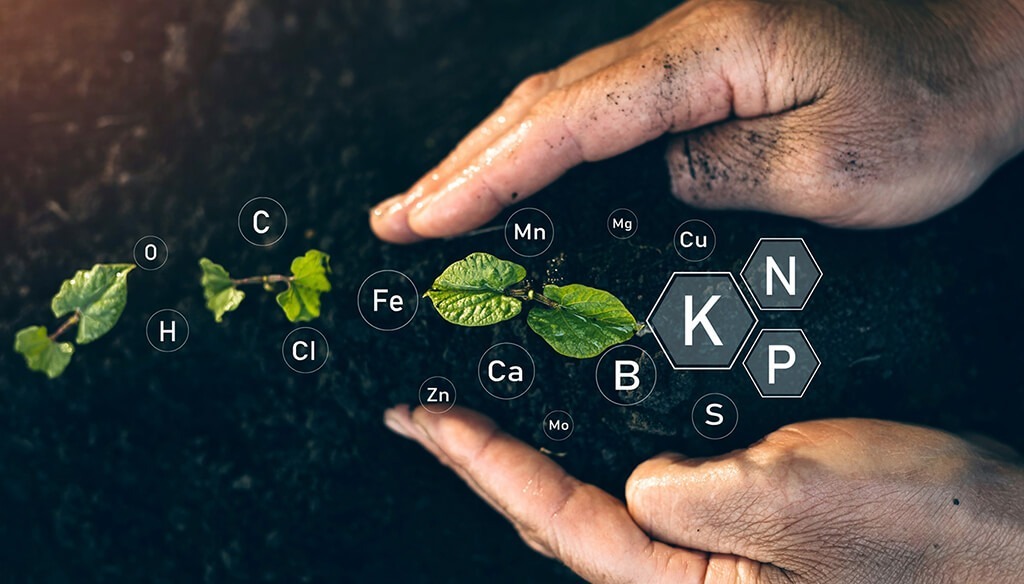
Conclusion
Choosing the right NPK fertilizers doesn’t have to be overwhelming. By testing your soil, understanding your plants’ needs, and considering the various options available, you can select the perfect fertilizer to enhance your garden’s growth. With the right nutrients, you’ll be well on your way to a thriving, healthy garden!
TRENDING
Want to find a China fertilizer manufacturer?
Risso will be your best choice; send us your request for your fertilizer details requirement.
TAIAN RISSO CHEMICAL FERTILIZER CO.,LTD
- Address: No. 3168 Taishan Street, Tai'an City, Shandong Province.
© Copyright 2017 RISSO CHEMICAL. All Rights Reserved.



